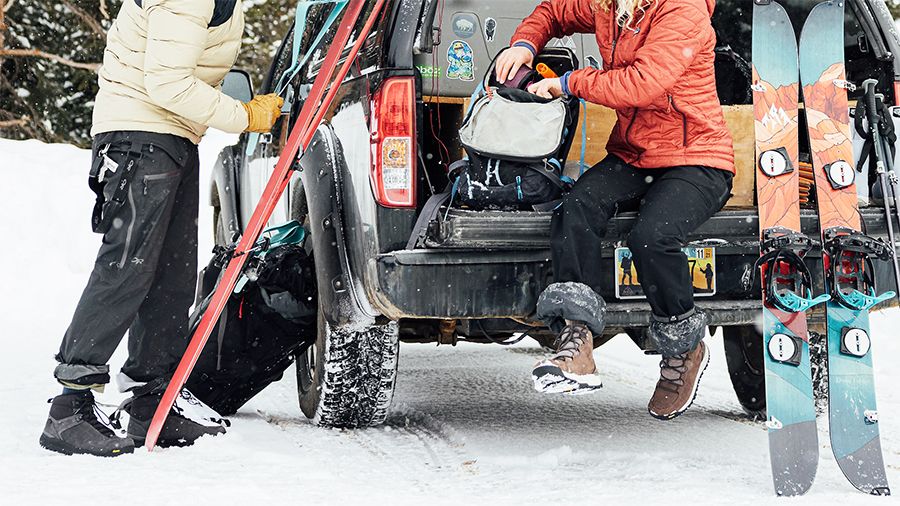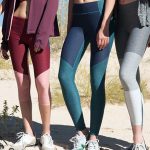Kathmandu Holdings, Ltd. provided an update for its first half through January 31. Sales at the Kathmandu chain rebounded in the second quarter, and Rip Curl improved modestly while Oboz is being impacted by supply chain disruptions.
Rip Curl YTD same-store sales were 1.6 percent below last year, including ongoing COVID impacts in the first quarter. Q2 FY22 same-store sales growth was 3.0 percent, with 20.0 percent same-store sales growth compared to Q2 FY20 (pre-COVID), reflecting the strength of the brand and continued resurgence in participant numbers within the surf category generally.
Kathmandu YTD same-store sales were 2.8 percent above last year, despite significant COVID store closures in the first quarter. Q2 FY22 same-store sales growth was 15.1 percent, reflecting the brand momentum building as a result of a renewed focus on marketing and product. Kathmandu same-store sales remained 21.1 percent below Q2 FY20 (pre-COVID) due to continued restrictions on international travel and tourism.
Group wholesale sales for 1H FY22 are expected to be 3.4 percent above last year, with Rip Curl wholesale sales gains of 18.2 percent, offsetting declines in Oboz. As previously communicated, first-quarter factory shutdowns of Oboz product suppliers in Vietnam have materially impacted its ability to meet demand, with approximately 50 percent of orders unable to be fulfilled. The company expects a gradual recovery from the transitory supply constraints in the second half. Demand for the Oboz brand and products has never been stronger, and forward orders into FY23 still support the medium-term revenue growth targets.
Group total sales for 1H FY22 (unaudited) are expected to be approximately $405 million, with gross margin below 1H FY21 due to COVID-elevated international freight costs, and increased clearance mix for the Kathmandu brand. Second half gross margins are currently expected to be in line with last year based on current promotional plans, and expectations of international freight costs and currency impacts.
Underlying EBITDA is expected to be in the range of $9 million to $11 million. This is in line with its previous guidance of a $35 million COVID impact on first-quarter EBITDA, a result of a combination of lost revenue and lower government support. The first half result includes 11,696 lost trading days due to COVID restrictions, an increase of c. 65 percent on 1H FY21. Q2 FY22 underlying profitability is higher than Q2 FY21 despite the impacts of Omicron on trading conditions in Australia and supply constraints on Oboz.
The Group continues to invest in the long-term value of its brands, with an additional $14 million expenditure in 1H FY22 to support brand marketing and expansion into international markets. Net debt is expected to be approximately $48 million with a liquidity of approximately $252 million.
Commenting on the result, Group CEO Michael Daly said: “It was pleasing to see a strong rebound in Kathmandu sales over the second quarter of FY22 following the first quarter’s lockdowns. Kathmandu is well placed with appropriate inventory levels and new product introductions for the second half. Rip Curl has again performed well in the southern hemisphere summer season, with strong wholesale sales growth, and retail sales consolidating last year’s strong growth and profitability.
“COVID continues to cause ongoing disruption to our consumers, employees and suppliers globally, most recently from the Omicron variant. The disruption has resulted in reduced retail footfall, temporary store closures and staffing constraints in many locations. Sales conversion has increased as customers have shopped with purpose, and our online channels continue to grow.
“Even though ongoing supply challenges remain, forward wholesale demand for our products remains at record levels. In addition, the Group remains well-capitalized, investing in the long-term international expansion of our global house of brands.
“I’d like to thank our staff globally for their continued passion and dedication to growing each of our brands in these very challenging times.”
Kathmandu intends to release the full result for the half-year on March 23, 2022.
Photo courtesy Kathmandu/Oboz












